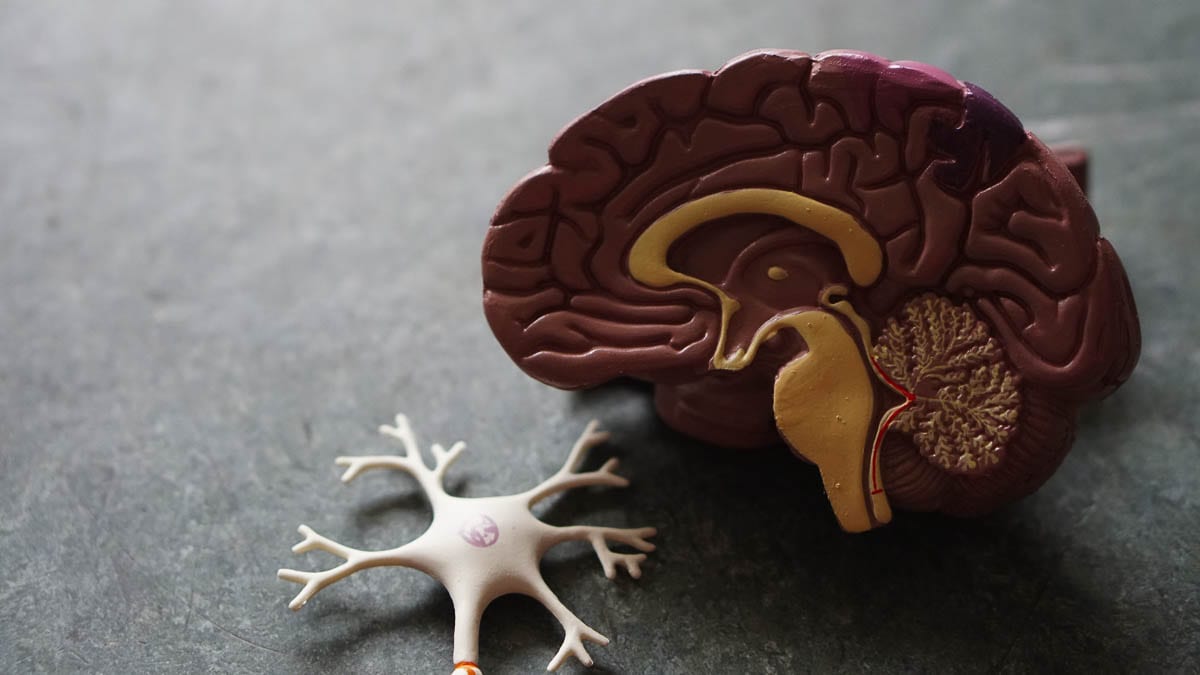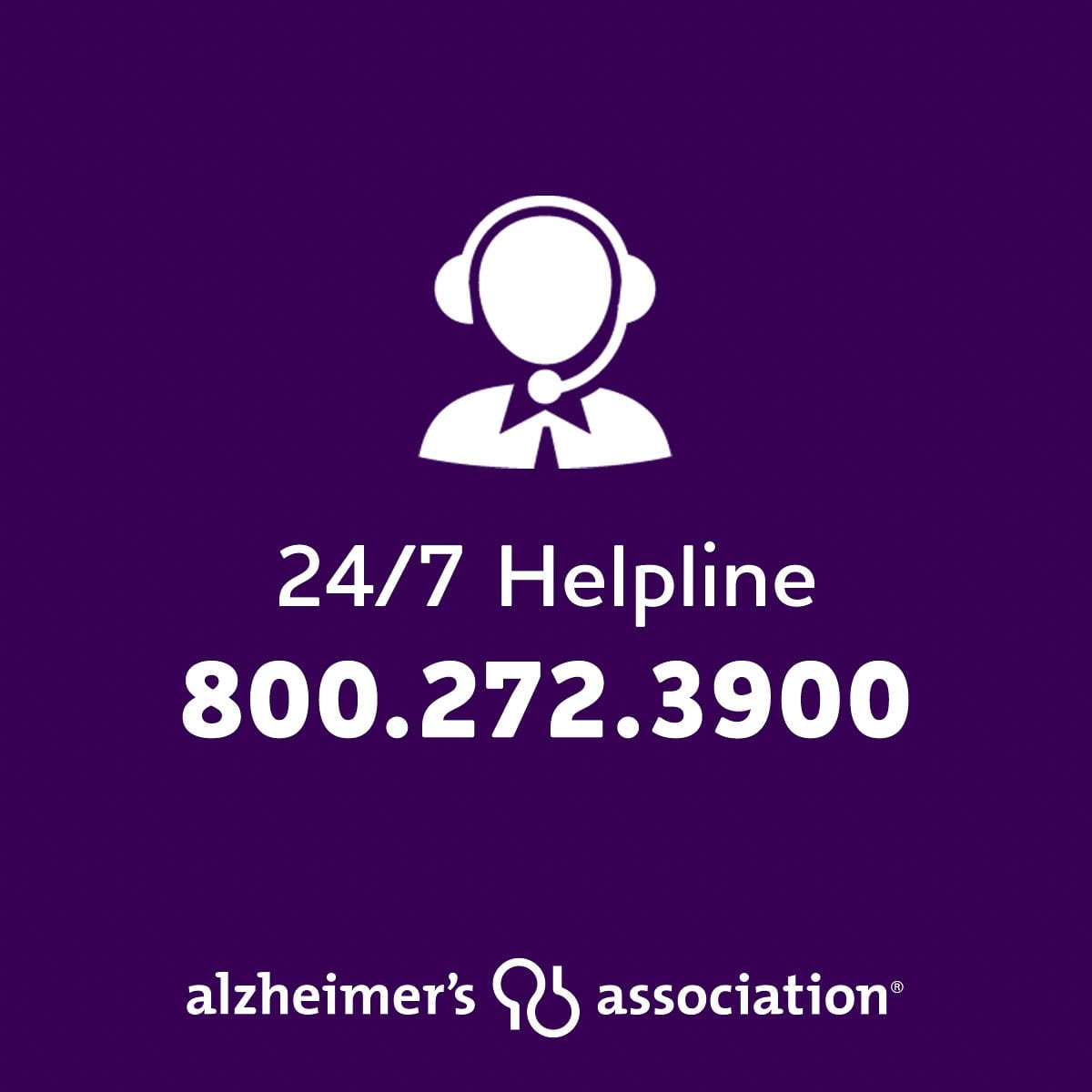Oregon and SW Washington chapter of Alzheimer’s Association speaks to advances in the search for a cure
CLARK COUNTY — In the area of health news, the past year has been overwhelmingly dominated by COVID-19 and the pandemic. What many may not know is that Alzheimer’s research is actually at an incredible point in its history.
Multiple milestones have been reached in both national and global research. The Oregon and SW Washington chapter of the Alzheimer’s Association is a part of that process, and a part of bringing an end to this disease.

The five main high points touch on everything from new drugs that treat the symptoms of Alzheimer’s, to research on how COVID-19 could affect those with the disease, to closing equity gaps in Alzheimer’s resources, and even how we are incredibly close to developing a blood test for Alzheimer’s.
“It is a really exciting time for research,” said Sara Kofman, a public policy director with the area chapter. “The pipeline for Alzheimer’s medication is really heating up, it’s exciting to see that there’s a number of drugs that are on the market, or that are being reviewed by the FDA or better in clinical trials, that would modify the underlying cause of the disease.”
Some people may have heard of aducanumab, the Biogen drug currently being reviewed by the FDA, but there were other Alzheimer’s drugs that made strides this year. Suvorexant, a drug that treats insomnia, was approved by the FDA in February for use in people with Alzheimer’s.
Pimavanserin (Nuplazid), a drug that treats hallucinations and delusions in Alzheimer’s patients, was submitted to the FDA for review in June, with an anticipated decision by spring 2021. BAN2401, an anti-amyloid drug by Eisai and Biogen, is being assessed for the treatment of Alzheimer’s patients in a Phase 3 clinical trial that started in July of this year.
“A lot of times people with all Alzheimer’s disease have these non-cognitive symptoms,” Kofman said. “They can have insomnia, they can have delusions, or hallucinations as part of the disease. And of course, you know, those non-cognitive symptoms, they really affect your quality of life if you have the disease, and also as a caregiver those are difficult symptoms to treat for a loved one or a family member.”
In addition to drug treatments, breakthrough research presented at the Alzheimer’s Association International Conference (AAIC) 2020 in July found that specific markers in the blood may be able to detect changes in the brain 20 years before Alzheimer’s symptoms occur.

Kofman explained how a blood test would allow virtually all doctors to diagnose Alzheimer’s since diagnosis currently requires assets not readily available to any physician, especially in rural areas. Blood tests are routine, and can be done at nearly any hospital.
Research exploring the potential role of vaccines in reducing risk of Alzheimer’s was also a major part of the past year. Data presented at AAIC 2020 found an unexpected benefit of getting flu and pneumonia vaccines: a reduced incidence and risk of Alzheimer’s disease.
“I think it’s [also] important to point out that they don’t exactly know why yet,” Kofman said. “It’s a little too early to tell if getting vaccinated for flu and pneumonia on its own impacts the risk of Alzheimer’s. It could be possible that people who are getting vaccinated take care of their health in other ways too and that these things sort of get added to that lower risk of Alzheimer’s.”
The final major discovery centered around equity and the association’s goal of focusing on communities most heavily affected by the disease. Genetic risk for Alzheimer’s may not mean the same for all races and ethnicities. The APOE-e4 gene variant is the most well-known and strongest genetic risk factor for Alzheimer’s disease, but that research has largely been done in people of European descent.
New research published in November in Alzheimer’s & Dementia: The Journal of the Alzheimer’s Association found that APOE-e4 has a very different effect in Latinx populations, only adding significant risk in those of Cuban backgrounds.
“African Americans are about twice as likely as whites to have Alzheimer’s disease or another dementia, and the Hispanic and Latinx community are about one and a half times more likely than whites to have Alzheimer’s or dementia,” Kofman said. “So there’s a lot more research that needs to dive in and further understand why, and get more African Americans, more Hispanic communities in clinical trials as well.”
In the realm of the pandemic, a global study examining the long-term effects of COVID-19 on the brain has been launched. Scientific leaders, including the Alzheimer’s Association and representatives from more than 25 countries, are working together with technical guidance from the World Health Organization to track the long-term impact of COVID-19 on the brain.
OHSU is a leading player here at home that is contributing to Alzheimer’s research on a number of fronts, and closely works with the association for funding and connections.
The association also wanted to convey how many active resources they have in Oregon and Southwest Washington for those who are caring for loved ones with the disease of Alzheimer’s. Visit alz.org or call their 24/7 helpline at 1-(800) 272-3900.
Information provided by the Oregon and SW Washington chapter of the Alzheimer’s Association




